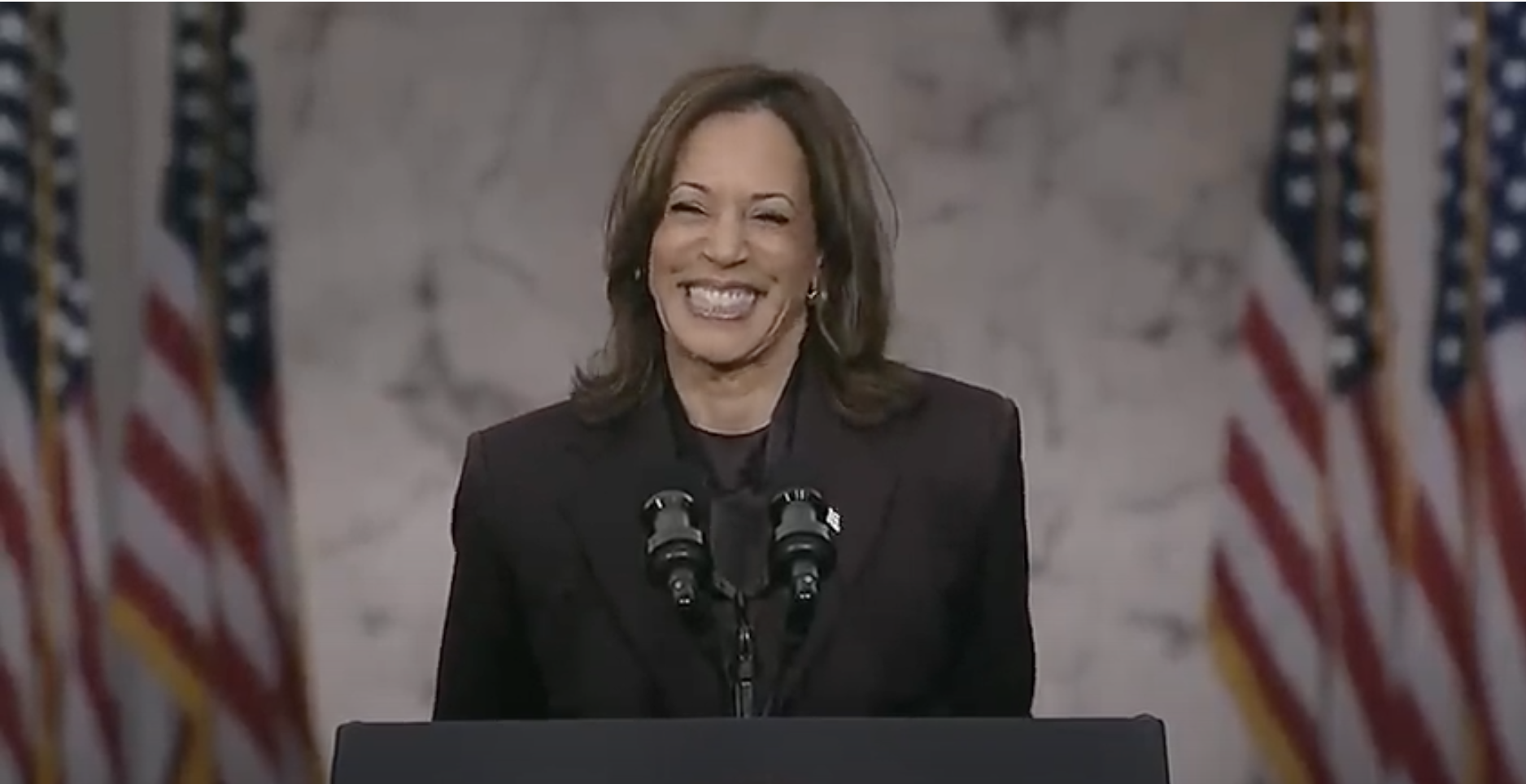Supporting school choice, not segregation, is crucial for those who want nonwhite students to succeed
It’s an outcome that might make even George Wallace blush. To improve outcomes among minority students, some school districts have resorted to creating classes voluntarily segregated by race.
A recent Wall Street Journal article reported on the trend, which (unsurprisingly) has sprouted in leftist bastions like Seattle, Minneapolis, and San Francisco. But as with most left-wing ideas, this concept, however well-intentioned, seems destined to cause more problems than it solves.
‘Safe Spaces’
The Journal profiled the Evanston Township school district just outside Chicago. Every year, several hundred students sign up for optional “affinity” classes featuring only students of the same skin color, taught by a nonwhite teacher.
The program intends to improve minority student achievement at a time when African American and Hispanic student performance continues to lag on standardized tests. Both in Evanston and nationally, minority students also enroll in Advanced Placement classes — which provide high school students a preview of college-level courses — at lower rates than their white peers.
The Journal quoted one participant in an “affinity” class from 2021 as saying that the program increased feelings of acceptance: “I feel like I represent me and not the whole black race in this AP class. It’s a safe space. In AP classes that are mostly white, I feel like if I answer wrong, I am representing all black kids. I stay quiet in those classes.”
There is certainly value in having a diverse cohort of teachers so that students of all skin colors and backgrounds can have role models in the classroom that they can relate to. Likewise, encouraging students to take difficult courses — to challenge themselves academically and gain skills they can use in college — holds much merit.
But the underlying premise of “affinity” classes tends to infantilize minority students, claiming they cannot succeed in a racially integrated environment. The Journal quoted a Minneapolis school official who alleged that “a lot of times within our education system, black students are expected to conform to a white standard.”
Who’s the Racist?
The last time I checked, I don’t remember hearing about a “white” way to do long division, conduct a science experiment, or construct a persuasive sentence. Yet that premise underpins the entire notion of “affinity” classes, according to their adherents.
The Evanston school board cited social justice principles as a reason behind the push for “affinity” classes: “Recognizing that racism is the most devastating factor contributing to the diminished achievement of students, [the high school] will strive to eliminate the predictability of academic achievement based upon race.”
I agree that racism is the most devastating factor hindering minority student achievement. But who are the real racists that present the greatest harm to minority students: those who want all students to succeed on a level playing field, or those who believe — and are not ashamed to say as much publicly — that minority students cannot conform to a so-called “white standard”?
Even the Evanston school board appears to know the answer to that question. School officials, far from welcoming a national newspaper to publicize their new racial-academic utopia, tried their best to shield their program from the Journal’s scrutiny:
Leaders in Evanston’s high-school district, board members and teachers declined or ignored repeated requests to comment on the courses over several months. When a Wall Street Journal reporter arrived at a public meeting for parents of Black students, a district spokeswoman said she would cancel the meeting if the reporter didn’t leave.
School Choice, Not Segregation
A further irony accompanies the Journal story, though it went unmentioned in the article itself. A few weeks ago, the Illinois Legislature completed its session without even holding a vote on renewing a school choice program set to expire at year’s end. As a result, thousands of students — many of them racial minorities — face losing access to the quality education their parents thought best for them.
Even as one town in Illinois claims its “affinity” classes will improve the achievement of about 200 minority students, Democrats in that state’s legislature along with Democrat Gov. J.B. Pritzker let the hopes and dreams of thousands of minority families expire. An expansion of school choice — not a de facto return to segregation — represents the best way to narrow, and eventually eliminate, racial achievement gaps. Yet, Illinois policymakers, in their thrall to the teachers’ unions, let it die.
Two generations ago, civil rights leaders fought hard to integrate American schools because they wanted the best for their children. They wanted their children to attend formerly all-white schools because those schools had the highest standards, the best reputation, and the most resources. In city after city, low-income and minority households continue this fight, desperate to rescue their children from being trapped in failing schools.
The movement to voluntarily re-segregate public schools, by claiming that minority students cannot succeed in a racially integrated environment, means the debate has come full circle. Woke administrators now sound like not-so-faint echoes of Wallace and Orval Faubus. African American and Hispanic children deserved better than people like Wallace and Faubus then — and they deserve better than the administrators behind “affinity” classes now.
rnrn
How could the expansion of school choice options contribute to better outcomes for all students, regardless of race or socioeconomic status?
Lank” rel=”noreferrer noopener”>without passing legislation that would have expanded school choice options for families in the state. School choice advocates argue that allowing parents to choose the best educational environment for their children, regardless of race or socioeconomic status, can lead to better outcomes for all students. Yet, while school districts like Evanston Township are creating segregated classes, families in Illinois are denied the freedom to choose the schools that best meet their children’s needs.
It is important to acknowledge the historical context of segregation in the United States and the harm it caused to minority communities. The fight for civil rights in the 1950s and 1960s sought to dismantle the barriers that kept African Americans and other minority groups separate and unequal. The Supreme Court’s landmark decision in Brown v. Board of Education declared that segregated schools were unconstitutional, recognizing that separate is inherently unequal.
Creating voluntary segregated classes, even with the goal of improving outcomes for minority students, is a step backward. It reinforces the notion that students of different races cannot succeed together and perpetuates a divisive narrative of racial essentialism. It denies students the opportunity to learn from and with their peers who may have different backgrounds and perspectives. Integration, not segregation, should be the goal of our education system.
Furthermore, by segregating students, we fail to address the underlying issues that contribute to achievement gaps. Improving education for all students requires addressing systemic inequalities, providing quality resources and support to disadvantaged communities, and ensuring equitable access to opportunities. Segregated classes may provide a temporary boost in achievement for some students, but they do not address the root causes of educational disparities.
Instead of resorting to segregation, we should focus on expanding access to high-quality education for all students. This includes promoting school choice policies that allow parents to choose the best schools for their children, regardless of their zip code. It means investing in schools in disadvantaged communities to provide them with the resources and support they need to succeed. And it means addressing the systemic inequities that hold back minority students, such as unequal funding, discriminatory practices, and limited opportunities.
Improving outcomes for minority students is a complex issue that requires a multifaceted approach. Voluntary segregation is not the answer. We must reject the notion that students of different races cannot succeed together and instead work towards creating an inclusive and equitable education system for all. Only then can we truly bridge the achievement gap and ensure that every student has the opportunity to thrive.
" Conservative News Daily does not always share or support the views and opinions expressed here; they are just those of the writer."





Now loading...